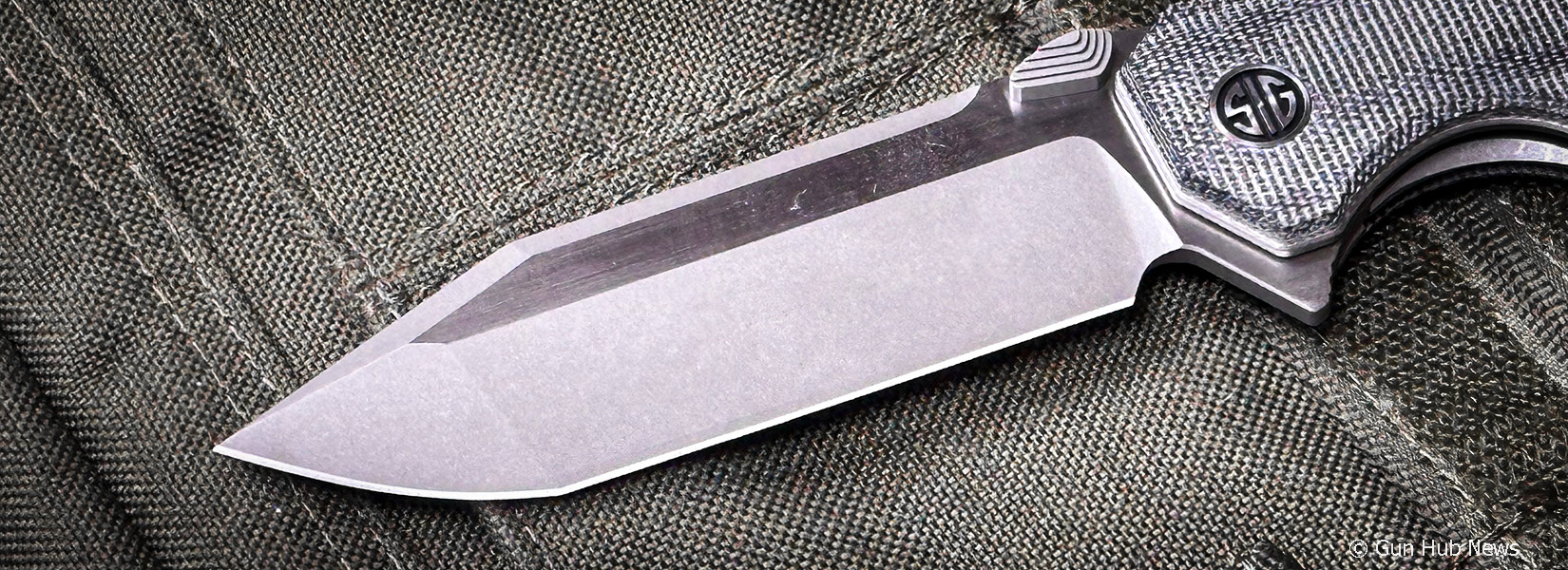Folding knives (also known as pocketknives) are an overlooked tool, too many, that is extremely useful in so many scenarios. From everyday tasks to survival and self-defense, it’s almost a shame not to carry a good knife daily.
Even for those who carry one daily, many do not have a good understanding of the knife they carry. Does the point, the blade, the size, material, work best for your needs?
There isn’t one size that fits all when it comes to knives. In a way, they are like firearms. It depends on what you’re doing, how much experience you have with one and how you plan to carry it that determines what you need.
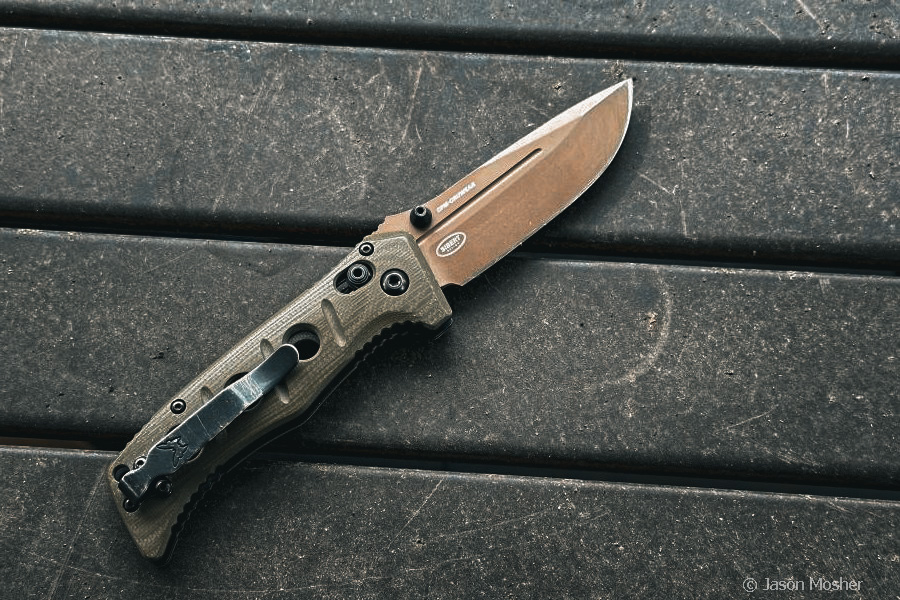
Just like with handguns, I have multiple knives to choose from depending on how I’m dressed, and what I’m doing that day. But regardless of the selection, I aways carry a knife. The Benchmade Mini Adamas (pictured above) is a knife I carry daily because it holds a great edge and is extremely durable.
So, if you are looking for a new knife or wanting to learn the basics of one, here is a quick breakdown. We will cover the key features, including popular blade steels, blade points, parts of the blade, and ideal sizes for various tasks.
Popular types of steel for folding knives
Choosing a knife often starts with selecting the right steel. While some have their favorite types and argue that type should be used for all knives, this is not true. The metal used also depends on how often you use a knife and the environment you are normally in.
Here are some common types of steel used to make folding knife blades:
- Stainless Steel (420HC, 154CM): Stainless steels like 420HC and 154CM resist rust and corrosion exceptionally well. 420HC offers decent toughness and is easy to sharpen, while 154CM has better edge retention and higher corrosion resistance, ideal for outdoor knives.
- Carbon Steel (1095): Popular for toughness and edge retention, carbon steel blades like 1095 sharpen easily and hold their edge longer. However, they require maintenance to prevent rust.
- Tool Steel (D2): Known for hardness and durability, D2 steel retains an edge incredibly well. It’s a semi-stainless steel, resisting corrosion better than carbon steel but less than stainless.
- Premium Stainless Steel (M390): M390 steel is renowned for its exceptional corrosion resistance, superior edge retention, and toughness. It’s highly sought after for high-end knives and requires less frequent sharpening, making it ideal for demanding tasks and frequent use. The only downside is it can be harder to sharpen.
Which is better? Again, it depends on your needs. Carbon steels offer toughness but require more maintenance. Stainless steel blades are maintenance-friendly but can dull quicker. Tool steels provide excellent edge retention but need occasional care to avoid rust.
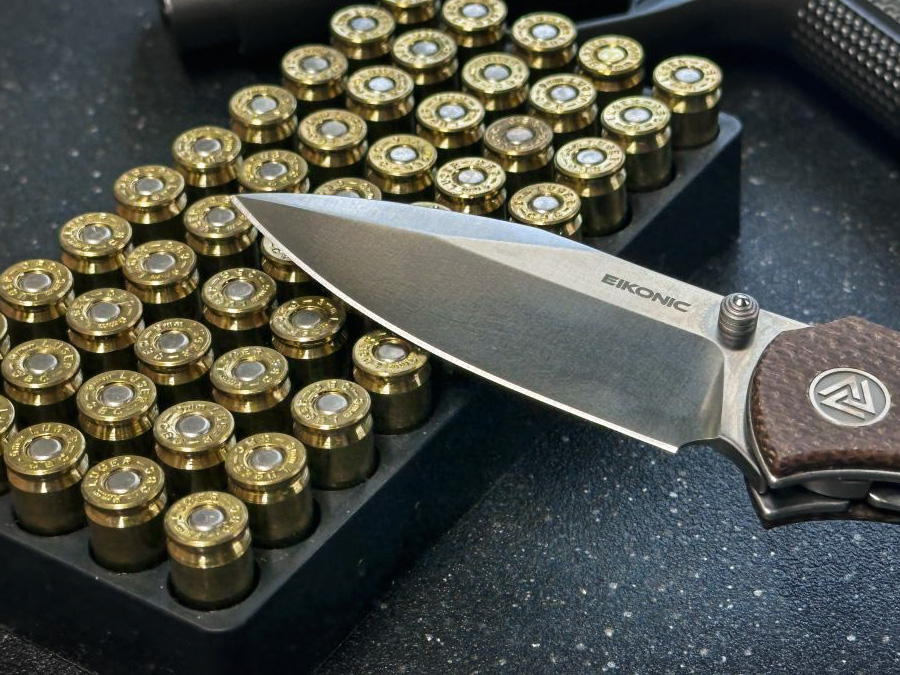
If you carry a knife but rarely use it, a stainless-steel blade may be best. It will stay in pristine condition with no maintenance. If you regularly use your knife for cutting things, you will find it gets dule quickly and will require sharpening.
Other steels offer a more durable edge, but you may need to clean the knife and even rub some oil over the blade periodically.
Blade points on folding knives
Not too many people think about the type of point their knife has on it. They may think it looks cool when selecting one to buy, but there is more to it than that. Here are some of the most common types of blade-points you will find on folding knives:
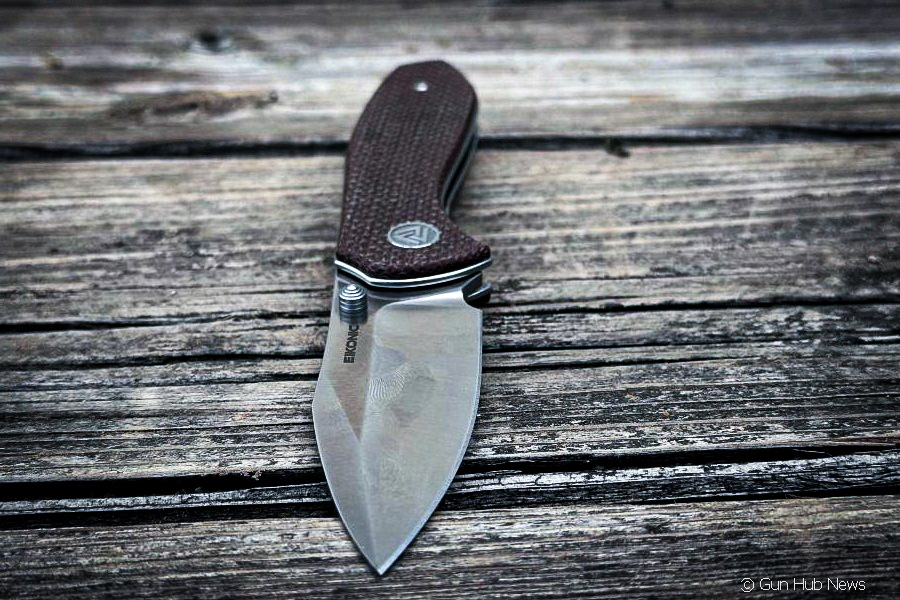
- Drop Point: A versatile, strong point for general tasks, ideal for hunting and outdoor chores.
- Clip Point: Features a thinner tip, excellent for detailed precision tasks like slicing and piercing.
- Tanto Point: Offers strength and precision in penetration, popular for tactical and heavy-duty use.
- Spear Point: Symmetrical and balanced, great for stabbing and general everyday tasks.
Blade Anatomy
Having an understanding about the different parts of the blade is going a little more in depth than the average person will ever go. But if you want to increase your understanding of knives than why not? Here are the most common terms for different parts of the blade:
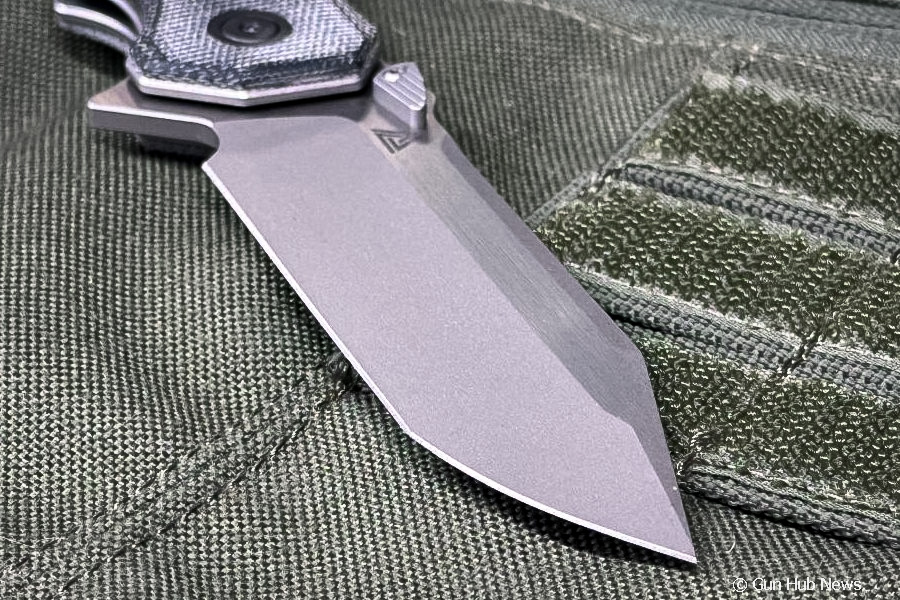
- Edge: The sharpened side used for cutting.
- Spine: The unsharpened top side, providing blade stability.
- Tip: The blade end used for puncturing or detailed tasks.
- Heel: Closest to the handle, useful for heavy cutting tasks.
- Belly: Curved part of the edge, excellent for slicing.
- Ricasso: Unsharpened blade section near the handle, sometimes used for control.
Knife Anatomy
Besides the blade, every part on a folding knife also has its own name. Here are the most common terms for other parts of the knife besides the blade:
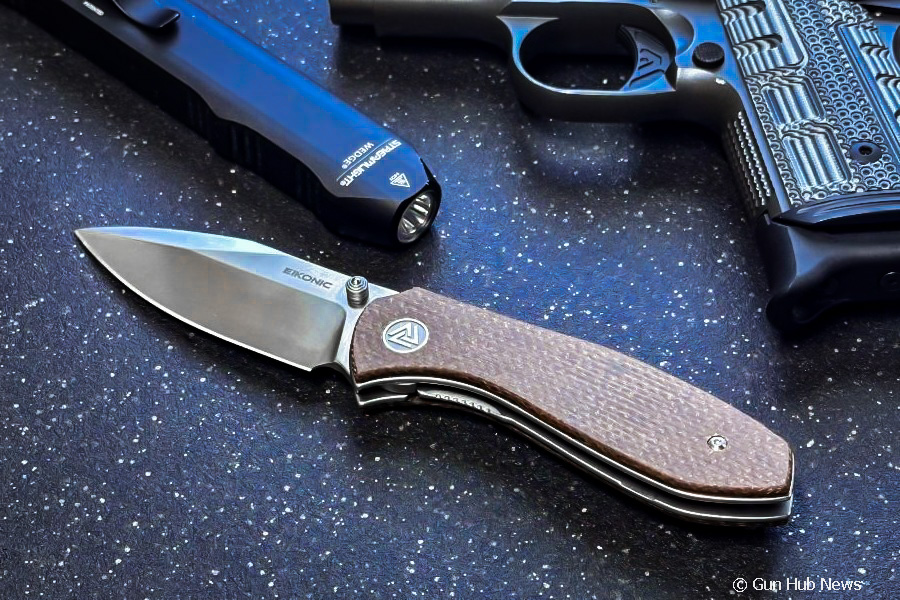
- Thumb Stud: A small protrusion on the blade, allowing easy one-handed opening.
- Flipper: A small extension on the back of the blade for quick deployment using your index finger.
- Liner Lock: A bent metal piece inside the handle that securely locks the blade open.
- Frame Lock: Similar to a liner lock, but part of the handle frame itself moves to lock the blade.
- Handle (Scales): The body of the knife, typically made from metal, plastic, G10, wood, or micarta, providing grip and comfort.
- Pocket Clip: Attached to the handle, allowing secure carry in your pocket.
Ideal Knife Sizes
As I mentioned before, I have different knives for different tasks. I keep a larger folding knife within reach of my driver’s seat in my car. This is for emergencies like cutting the seatbelt, breaking glass (it has a glass breaker on the back), and any other situation where a knife would be handy.
Most of the time, I carry a medium sized knife in my pocket (3-4 inches) because it’s comfortable but still large enough to use for most tasks. When I go out hunting or when I go on duty at work, I carry a larger sized folding knife.
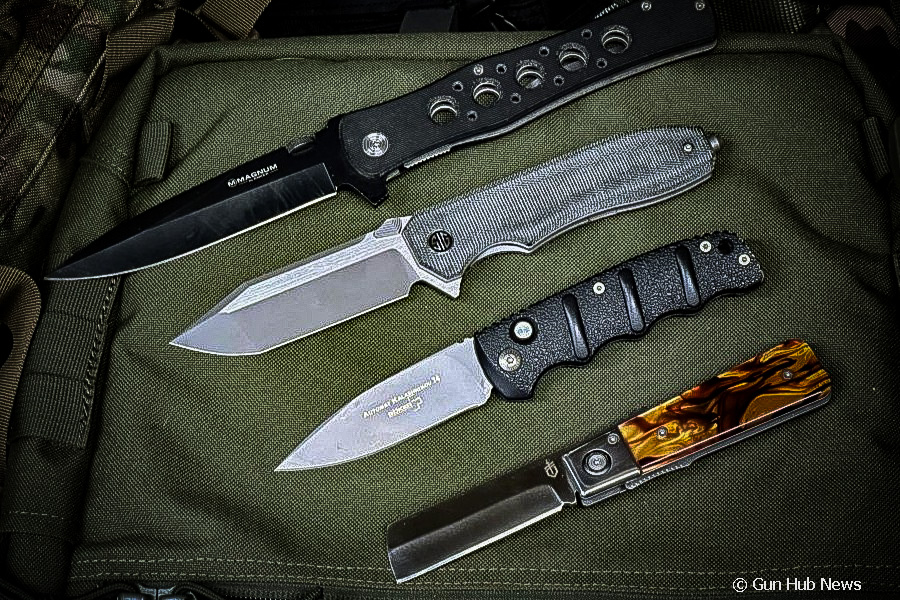
Here are some of the most common sizes you will find when it comes to folding knives:
- 2-3 inches: Perfect for everyday tasks, legal in most locations, easily concealed, great for opening boxes or letters.
- 3-4 inches: Ideal for general outdoor use, from camping to food preparation.
- 4+ inches: Best for heavy-duty work, tactical scenarios, or survival tasks.
There is much more to learn about knives, and this article only scratches the surface. But it’s a good place to start and will help you on your journey of selecting your next knife and deciding which one to carry each day.

